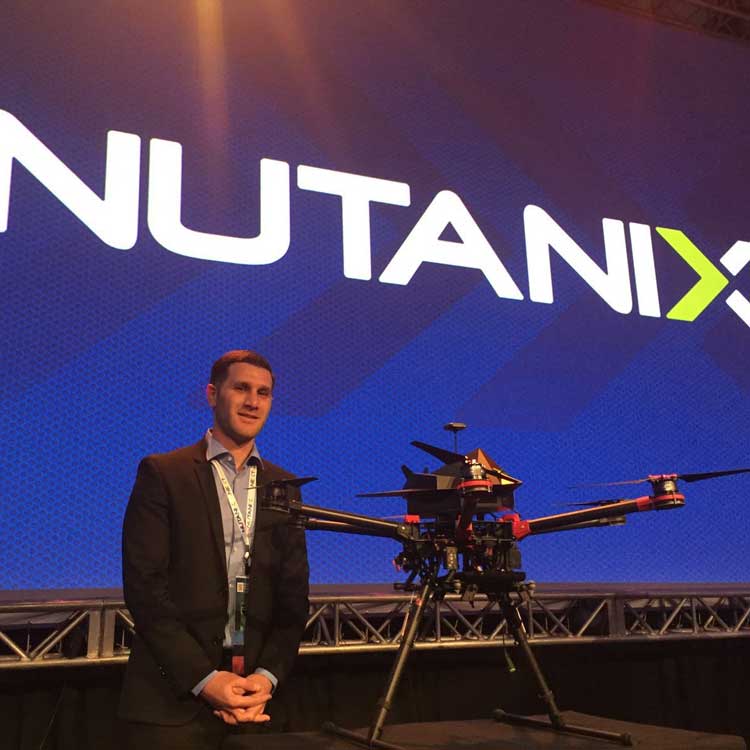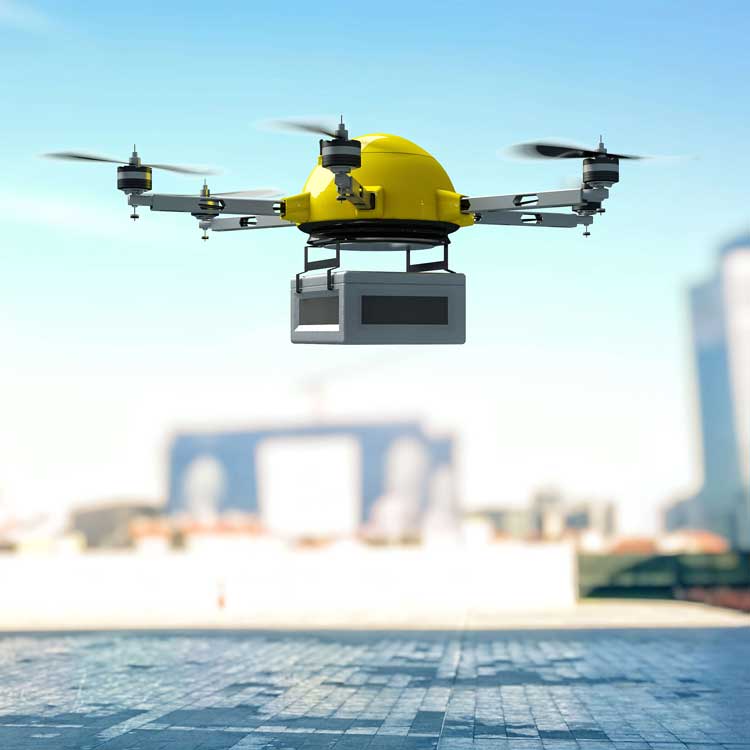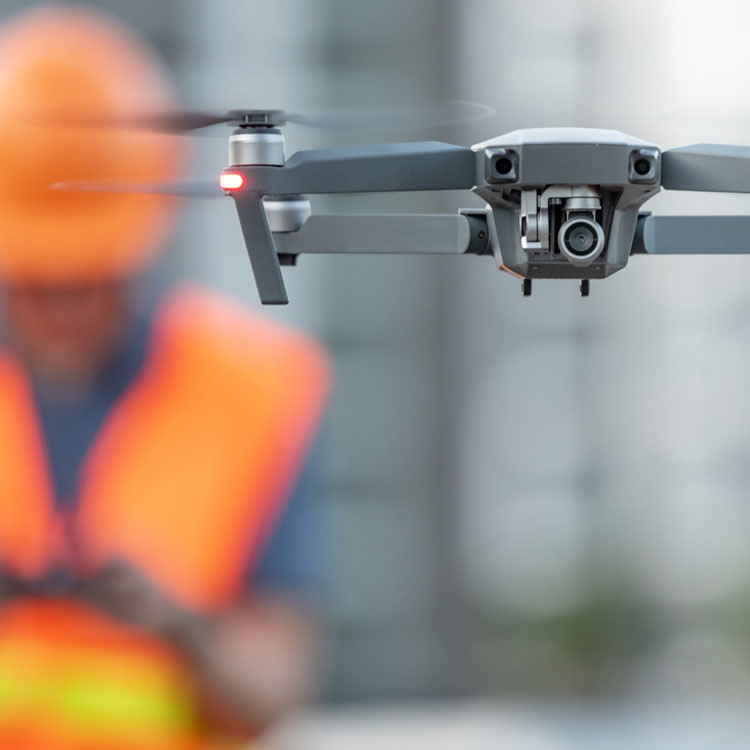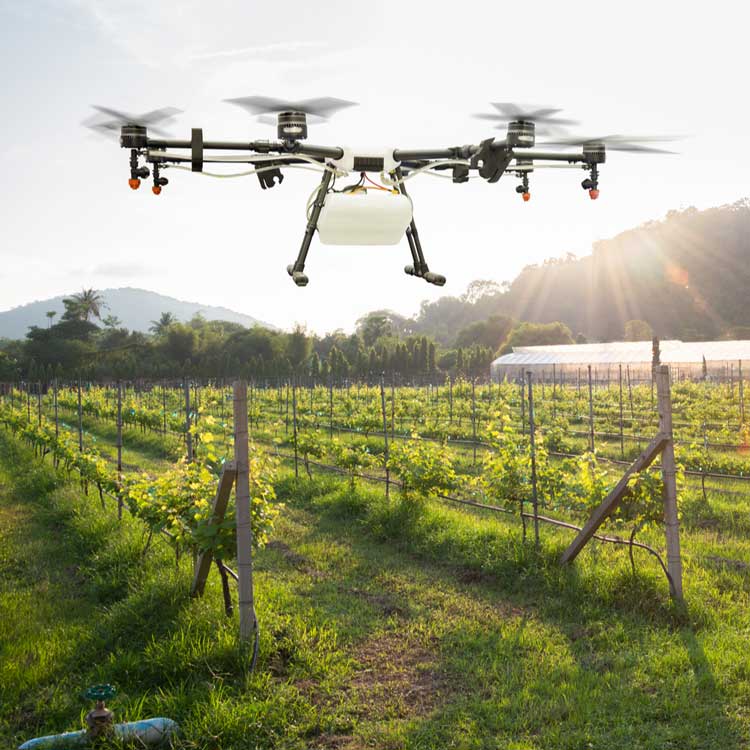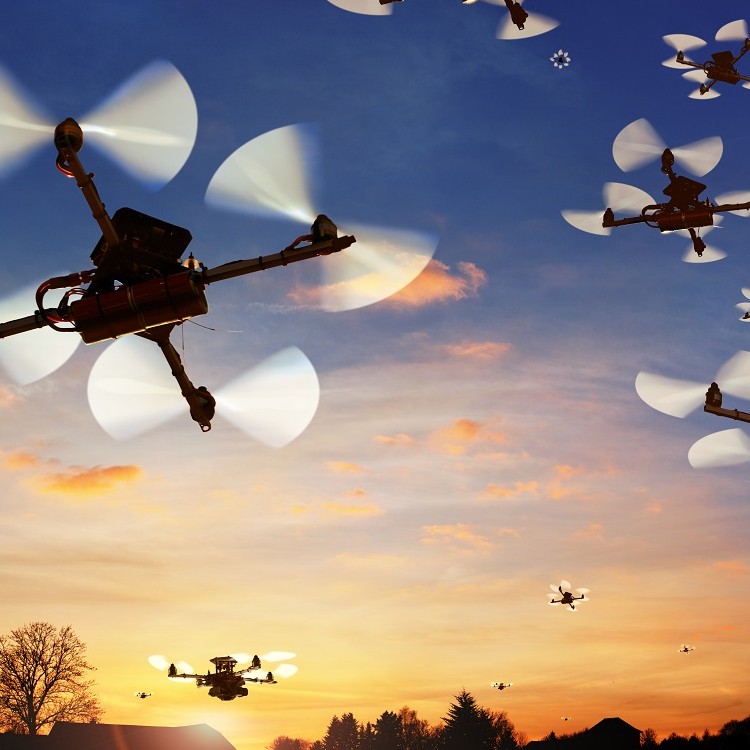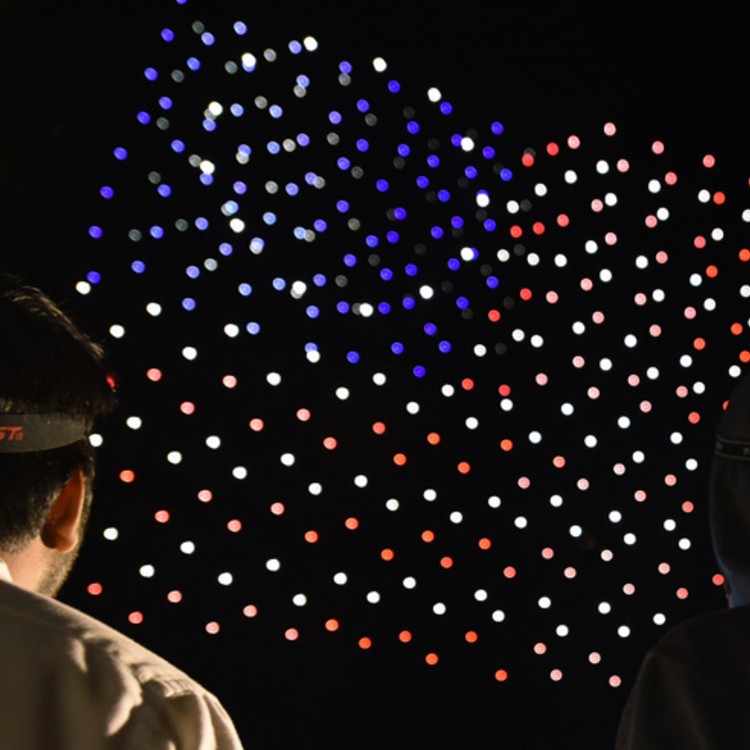“As supply chain needs shift to direct-to-consumer needs, we must strive to have supply chain innovation to make a superior, seamless user experience that more aligns with Amazon-like service and flexibility,” said Glen Beeby, a media specialist at Intermountain Healthcare.
Beeby’s organization is partnering with medical product delivery company Zipline to launch a UAV delivery program for its patients in Utah. It believes drone deliveries can democratize commerce and fill service gaps that exist in pharmacy and food deserts.
“Drones enable Intermountain to grow by delivering more types of care outside the traditional practice setting,” said Allison Corry, chief supply chain officer at Intermountain.
Corry said Zipline pushes healthcare closer to patients, regardless of where they live, what their transportation options are, or their work schedule.
“We expect this effort will increase prescription adherence for patients,” she said. “Intermountain will be able to provide better care and have greater reach in rural and underserved communities.”
Off to a Flying Start
UAV deliveries are starting to scale worldwide, with different industries, companies and solutions competing for supremacy. Due in part to regulations, some early services cut their teeth in markets with less developed transportation pipelines.
Zipline, for example, began by delivering life-saving medical supplies via drone to distant corners of Rwanda and Ghana. Its technology was honed in rural Africa, where road infrastructure is poor and UAVs were able to reduce delivery times from four hours to 20 minutes. More than 250,000 commercial deliveries later, Zipline created the world’s first national drone-delivery program at scale.
“With Zipline’s instant logistics system, all people can have safe, reliable, ready access to anything, creating a more efficient and equitable model for delivery,” said Conor French, general counsel at Zipline.
“In addition, Zipline takes deliveries off the roads and out of fossil fuel-powered vehicles, eliminating unnecessary pollution, traffic, collisions and noise, and pioneering a more sustainable delivery system.”

